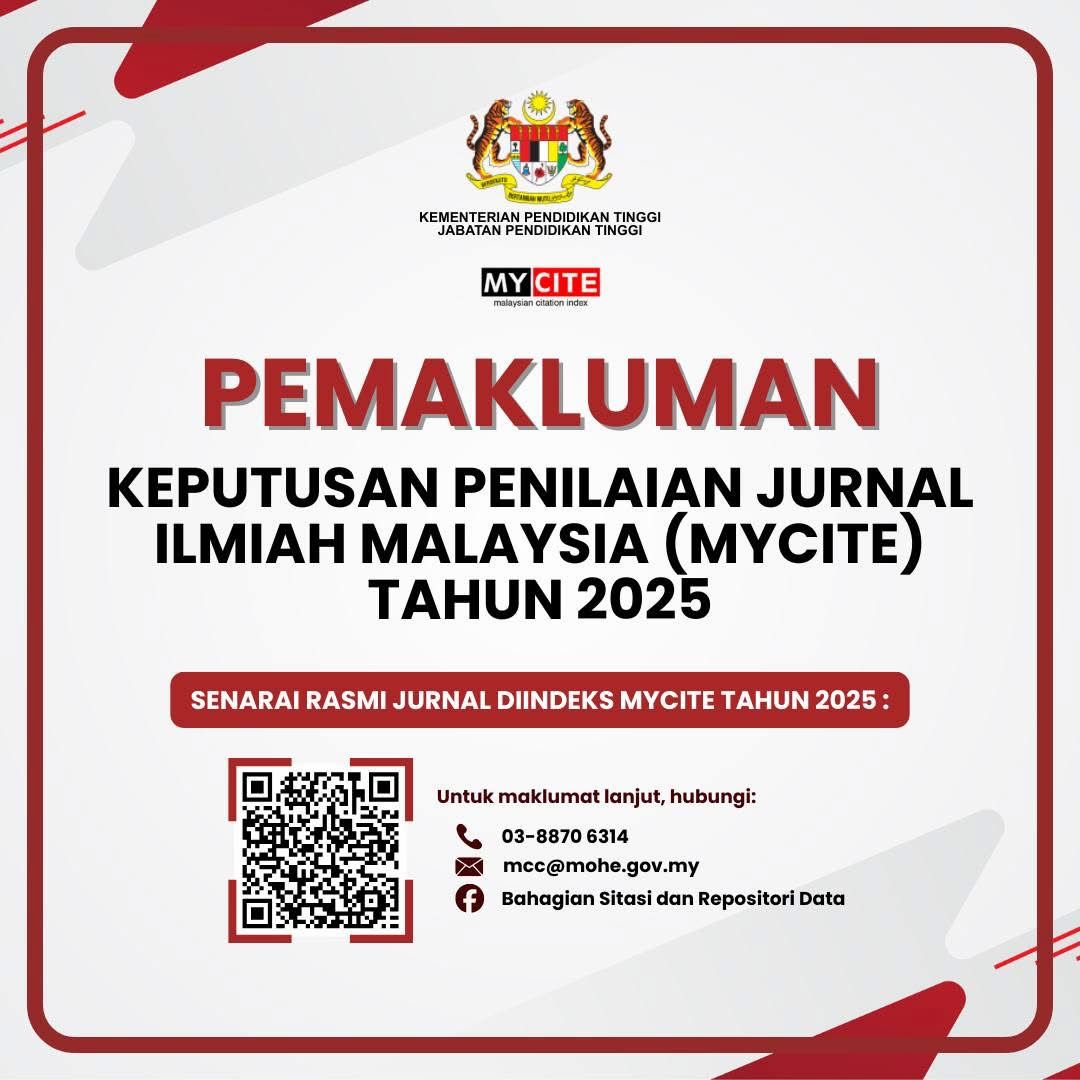Relational Aesthetics Through Islamic Calligraphy Workshop
DOI:
https://doi.org/10.24191/idealogy.v8i2.480Keywords:
Relational Aesthetics, Fine Art, Khat, CalligraphyAbstract
Malay calligraphy is known as Jawi and is a form of writing that is less popular compared to other modern writings such as those already listed in the font selection on students' computers. Therefore, Jawi workshop was held at the Fine Arts Studies, College of Creative Arts, MARA University of Technology for 77 students of the 3rd semester who enrolled Form and Soul course. The first objective is to introduce and further strengthen the writing skills of traditional Malay writing with the theme of 'knowledge'. Secondly, the whole activity of the workshop is to establish relational aesthetic form where the facilitator and students interact directly during the demonstration and practice throughout the workshop. The theoretical concept of knowledge involved the theme, selection of phrases related to knowledge, transformation of Roman writing into Jawi spelling, and identifying calligraphy styles. The students also been introduced to several artists who applied Jawi elements in contemporary artworks. Mumtaz Caligraphy set helps the creations of beautiful Jawi calligraphy letters, the arrangement of the lines, the decoration and composition of the letters and also the layout through the assistance of Associated Prof. Dr Nor Azlin Hamidon and her teammates. Relational aesthetics artwork successfully unites traditional elements and contemporary forms into a meaningful artistic creation and beneficial art for society.
KEYWORDS: Relational Aesthetics, Fine Art, Calligraphy, Khat
References
Daryanto. (2009). Demonstrasi Sebagai Metode Belajar. Jakarta: Depdikbud.
https://kaligrafiislam.blogspot.com/2022/11/jenisjenis-k
Ismail Al-Faruqi and Lois Lamya Al-Faruqi. (1986). The Cultural Atlas of Islam. Macmillan Publishing Company: New York.
Muhammadiyah, Zulkifli, Zulkarnainsyah dan Rita Kencana. (2022).Pendampingan Latihan Seni Menulis Kaligrafi bagi Santri Pondok Pesantren Baqiyatussa'adiyah di Sanggar Assifa Kabupaten Indragiri Hilir. urnal Pengabdian dan Pemberdayaan Masyarakat, 3(2), 88-95. https://doi.org/10.46963/ams.v3i2.684
Nicolas Bourriaud. (2002). Art of the 1990s: Relational Aesthetics. Les Presses Du Reel: Paris.
Sagala, S. (2009). Sagala, S. (2009). Konsep dan Makna Pembelajaran. Bandung: CV.
Alfabeta.
Zuhairini. (1983). Metodik Khusus Pendidikan Agama. Surabaya: Usaha Nasional.
Downloads
Published
Issue
Section
License
UiTM Press (the Publisher) has agreed to publish the undersigned author’s paper in Idealogy Journal. The agreement is contingent upon the fulfilment of a number of requirements listed below.
1. The undersigned author warrants that the paper entitled below is original, that it is not in any way libellous or unlawful in Malaysia, that it does not infringe any copyright or other proprietary right. The undersigned hereby represents and warrants that he/she is the author of the paper, except for material that is clearly identified as to its original source, with permission notices from the copyright owners where required. The undersigned represents that he/she has the power and authority to sign and execute this agreement.
2. The undersigned author warrants that the paper entitled below has not been published elsewhere, and also it will not be submitted anywhere else for publication prior to acceptance/rejection by this Journal.
3. By submitting the paper entitled below, the undersigned author agrees to transfer the rights to publish and distribute the paper in an international e-journal (entitled above) to Publisher.
4. The undersigned author agrees to make a reasonable effort to conform to Publisher's submission guidelines and to liaise with the editor to ensure that the requirements of these guidelines are met to a reasonable degree.
5. The corresponding author signs for and accepts responsibility for releasing this material on behalf of any and all coauthors. This agreement is to be signed by at least one of the authors who has obtained the assent of the co-author(s) where applicable. After submission of this agreement signed by the corresponding author, changes of authorship or in the order of the authors listed will not be accepted.




